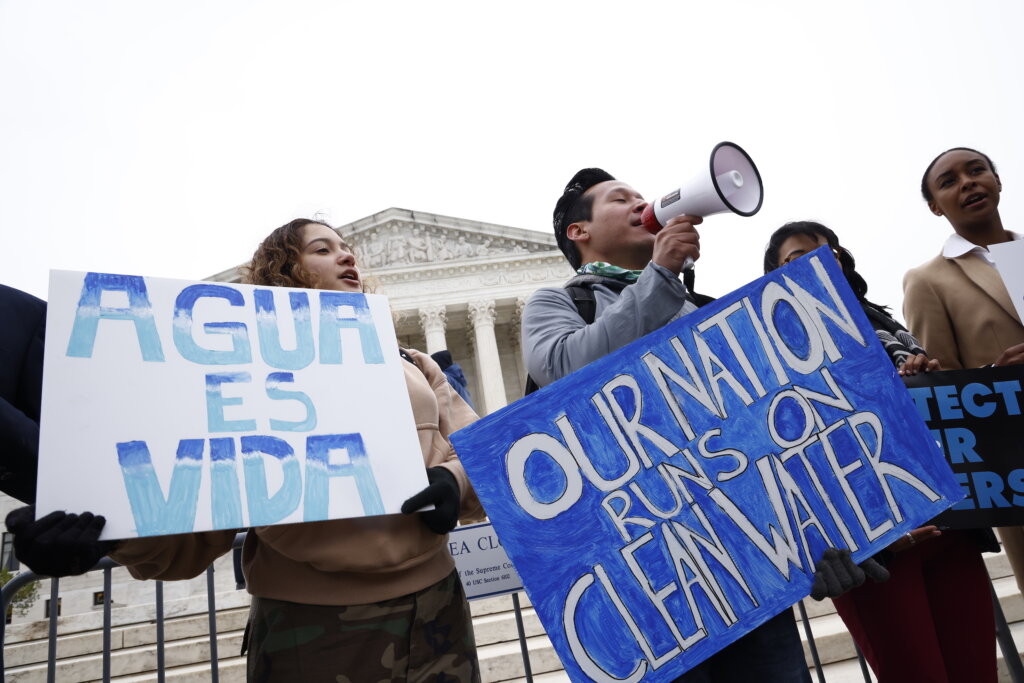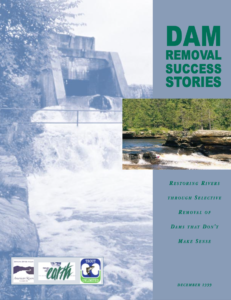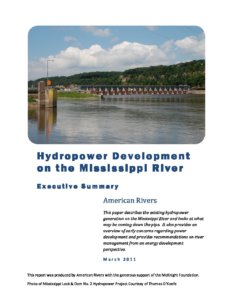Supreme Court case puts your clean water at risk

Today, the Supreme Court is considering a case that has the potential to remove Clean Water Act protections for over half our wetlands and streams, putting the drinking water for one in three Americans at risk.
The case, Sackett v. EPA, is backed by polluters who want to weaken the Environmental Protection Agency’s ability to safeguard the streams and wetlands that are critical to our drinking water supplies, wildlife habitat and flood protection.
Here’s a quick summary of why this case is so important, and what’s at stake:
What does this Supreme Court case mean for clean water?
For 50 years, the Clean Water Act, enacted with bipartisan support, has served as our most fundamental tool for protecting waters across the country. Before the Clean Water Act, rivers were treated as sewers, with pollution of all kinds being dumped into them – some so polluted they caught fire.
Now, in the case of Sackett v. EPA, big polluters are arguing that the Supreme Court should weaken the scope of the Clean Water Act. This means countless streams and wetlands all over the country would no longer be protected – and polluters could have free rein to use our nation’s waters as sewers once more. Additionally, wetlands serve as carbon sinks, absorbing CO2 and filtering pollution, making them critically important to the ecosystems they are a part of.
The Supreme Court decision in Sackett v. EPA means more than just redefining the Clean Water Act. Siding with polluters would mean denying communities across the country access to clean water – a fundamental human right.
If the Supreme Court rules against the EPA, the drinking water of one in three people in this country will be at risk. Countless wetlands and streams across the country – vital for fish and wildlife habitat and flood protection for communities – are also at risk. For example, the Court could remove protections for 80% of streams in the Southwest alone.
Who does this case impact?
Undermining longstanding critical safeguards for clean water would impact everyone in our country – especially Tribal Nations, Indigenous communities, low-income communities, and communities of color who already suffer most from toxic water pollution. It is crucial that the Supreme Court sides with communities and upholds equal access to clean water.
The post <strong>Supreme Court case puts your clean water at risk</strong> appeared first on American Rivers.


